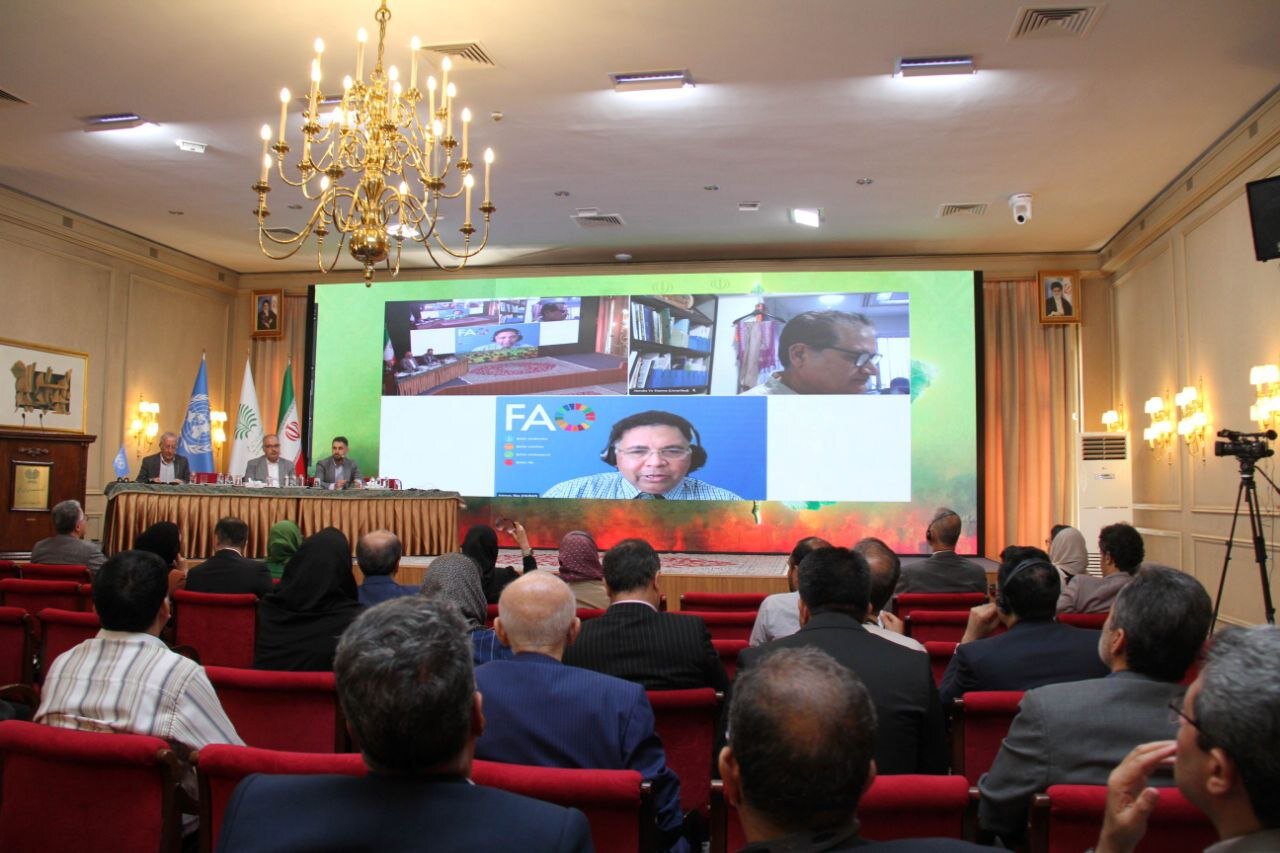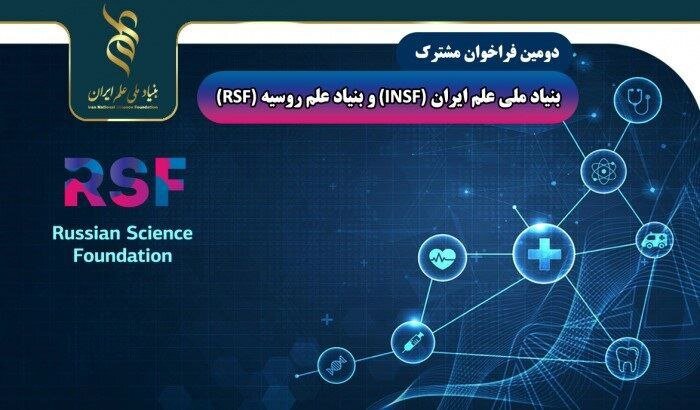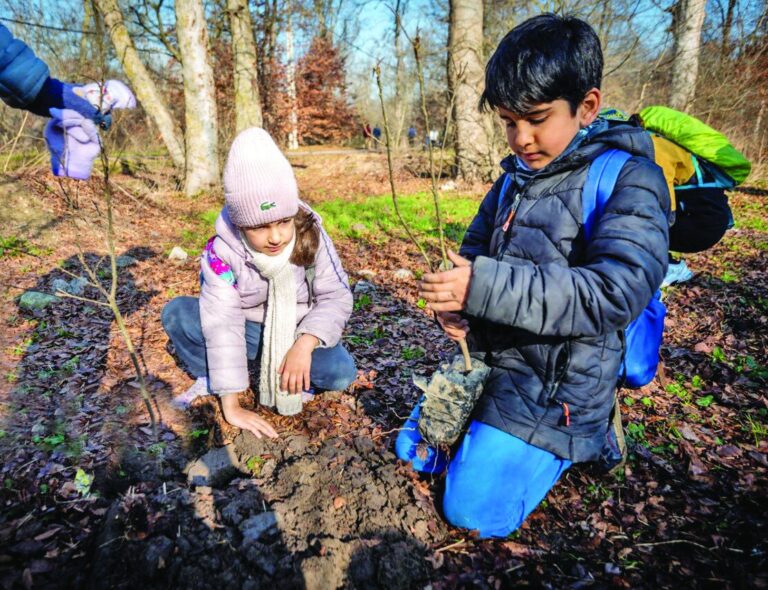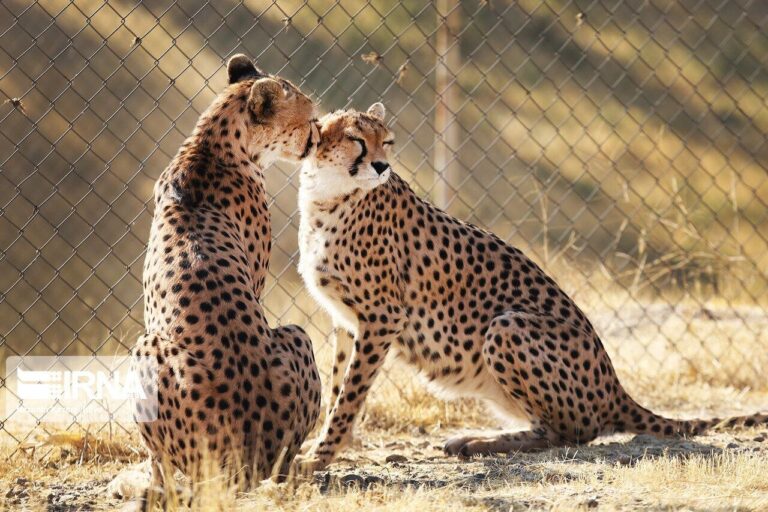
Similar Posts

INSF and RSF Unite to Fuel Innovative Joint Research Projects
Iran and Russia are enhancing scientific collaboration through ten innovative projects funded by the Iran National Science Foundation (INSF) and the Russian Science Foundation (RSF). The initiative focuses on chemistry, biology, and medical research, emphasizing technology development and future funding opportunities. Iranian universities are also partnering with Russian institutions to strengthen higher education and innovation. A secretariat will improve communication between universities, supporting joint projects and cultural exchanges. The collaboration aims to deepen mutual understanding while promoting shared knowledge and advancements in key scientific fields, positioning both nations as active contributors to the global scientific community.

Empowering Women Worldwide: Celebrating Rights, Equality, and Progress on International Women’s Day
International Women’s Day, celebrated on March 8, recognizes women’s achievements and advocates for gender equality and women’s rights. This year’s theme, “For ALL Women and Girls: Rights. Equality. Empowerment,” emphasizes actionable strategies for empowerment, particularly for youth. The 2025 anniversary of the Beijing Declaration highlights progress in women’s rights globally. In Iran, National Women’s Day coincides with Hazrat Fatima’s birthday, where officials, including President Masoud Pezeshkian, underscored women’s roles in societal progress and advocated for gender equality. He highlighted the importance of including women in leadership and supporting their contributions to national development, urging collective responsibility in promoting women’s rights.

Kids Go Green: Planting Hyrcanian Saplings for a Sustainable Future!
A recent campaign in Golestan province engaged children in planting saplings native to the Hyrcanian forests, emphasizing the importance of preserving these biodiverse ecosystems. Recognized as a UNESCO World Heritage Site, the Hyrcanian forests are home to many endemic and threatened species. The initiative aimed to educate children about biodiversity, climate regulation, and the ecological benefits of trees. Local environmentalists guided participants, fostering a sense of responsibility toward nature. Despite challenges like deforestation and climate change, such campaigns are essential for raising awareness and ensuring the future conservation of these vital forests and their unique habitats.

Unlocking the Secrets of Seismic Activity: Exploring the Caspian Sea and Central Asian Earthquake Hazards
Seismic activity in the Alborz Mountains and Caspian Sea region is driven by the collision of the Eurasian and Arabian tectonic plates, creating active fault systems like the North Alborz and Mosha Faults. Major cities, including Tehran, face significant earthquake risks, exemplified by historical events such as the catastrophic 856 AD Damghan earthquake. The southern Caspian coast, particularly vulnerable due to soft sediments, is at risk for frequent quakes. Ongoing urbanization exacerbates these threats, necessitating improved infrastructure and disaster preparedness. Central Asia also faces seismic challenges, highlighting the need for enhanced resilience through updated building codes and community engagement.

Hope for Cheetah Survival: Why We Must Protect This Majestic Species
The critically endangered Asiatic cheetah is receiving significant conservation efforts from Iran’s Department of Environment (DOE). Key initiatives include relocating domestic animals from cheetah habitats, improving road safety on the Tehran-Mashhad route, and establishing captive breeding programs. DOE representative Hamid Zohrabi noted that over 150,000 hectares have been cleared of domestic animals. Safety measures aim to reduce cheetah fatalities, while advanced monitoring tools and community involvement are being explored. The DOE’s goal is to boost the wild cheetah population to at least 50 individuals, supported by a new comprehensive document on cheetah growth and maintenance.
